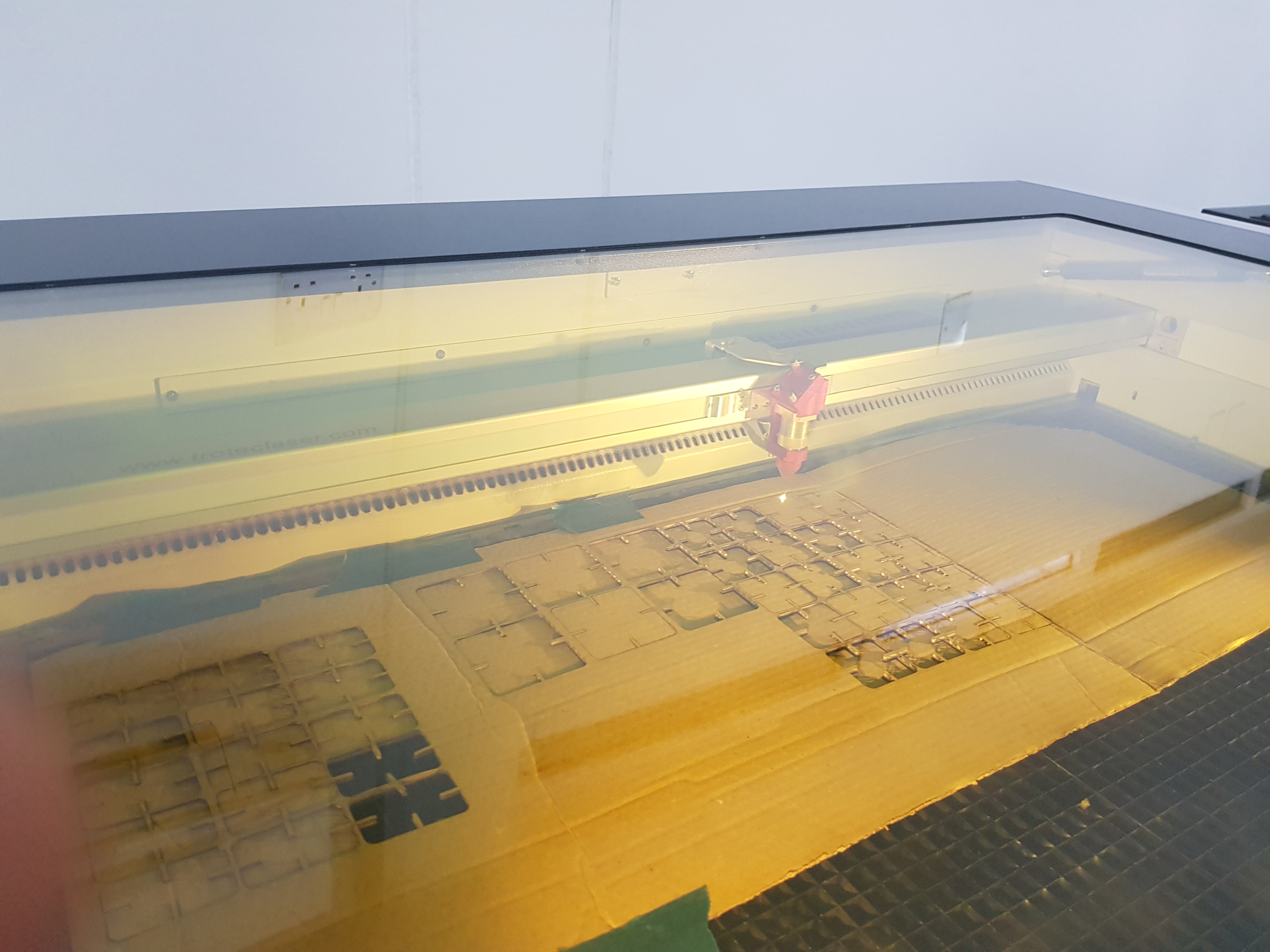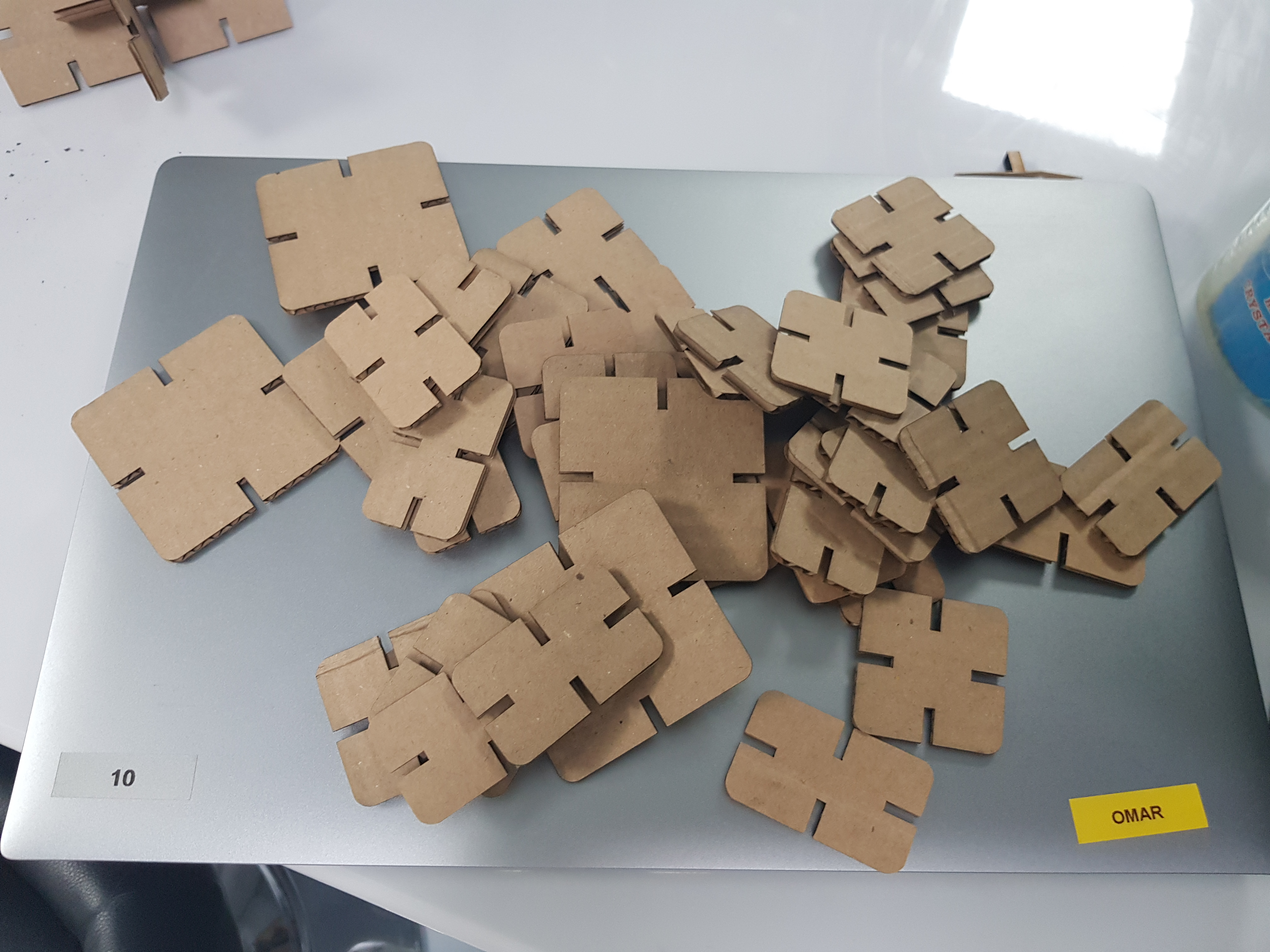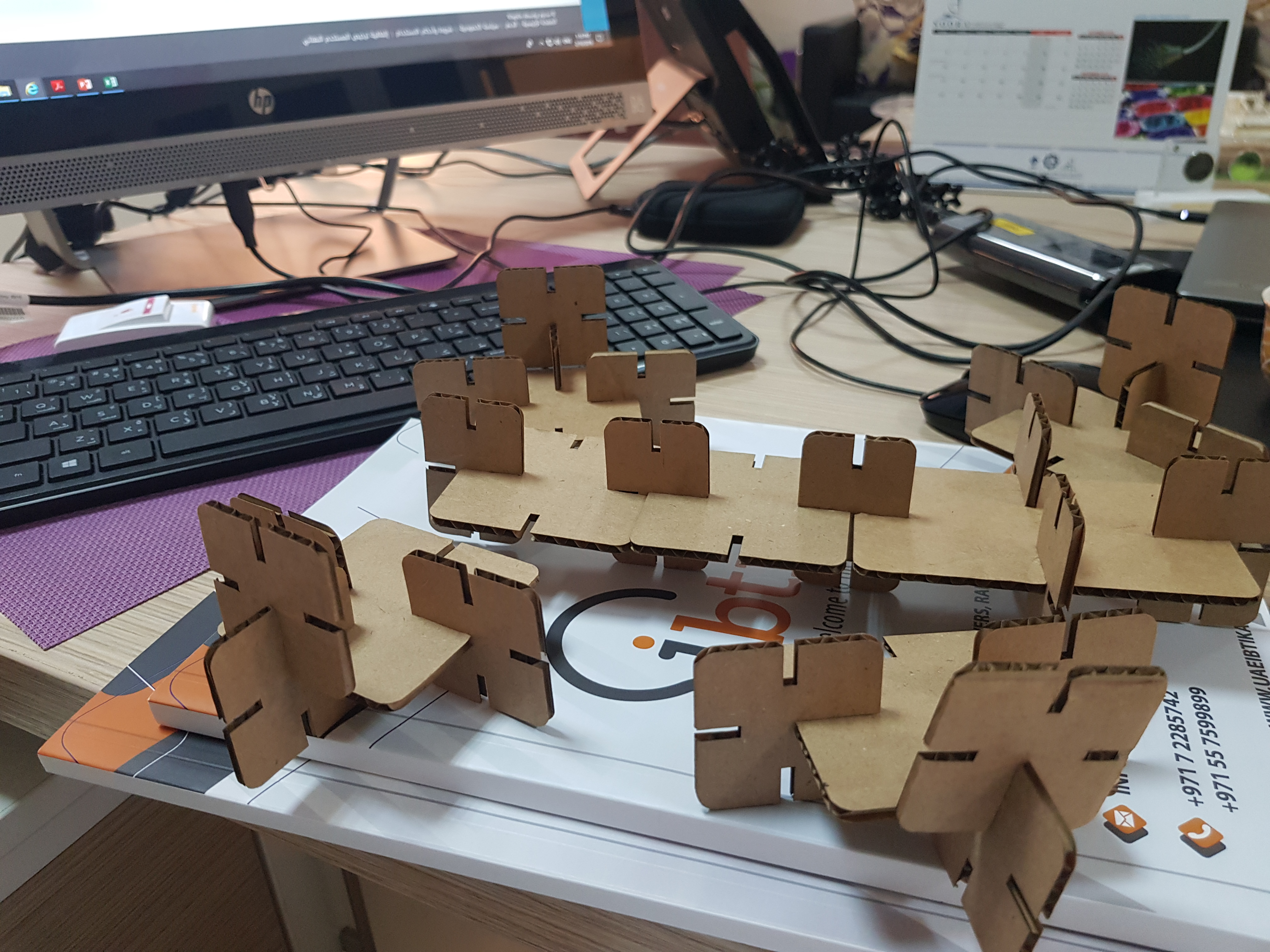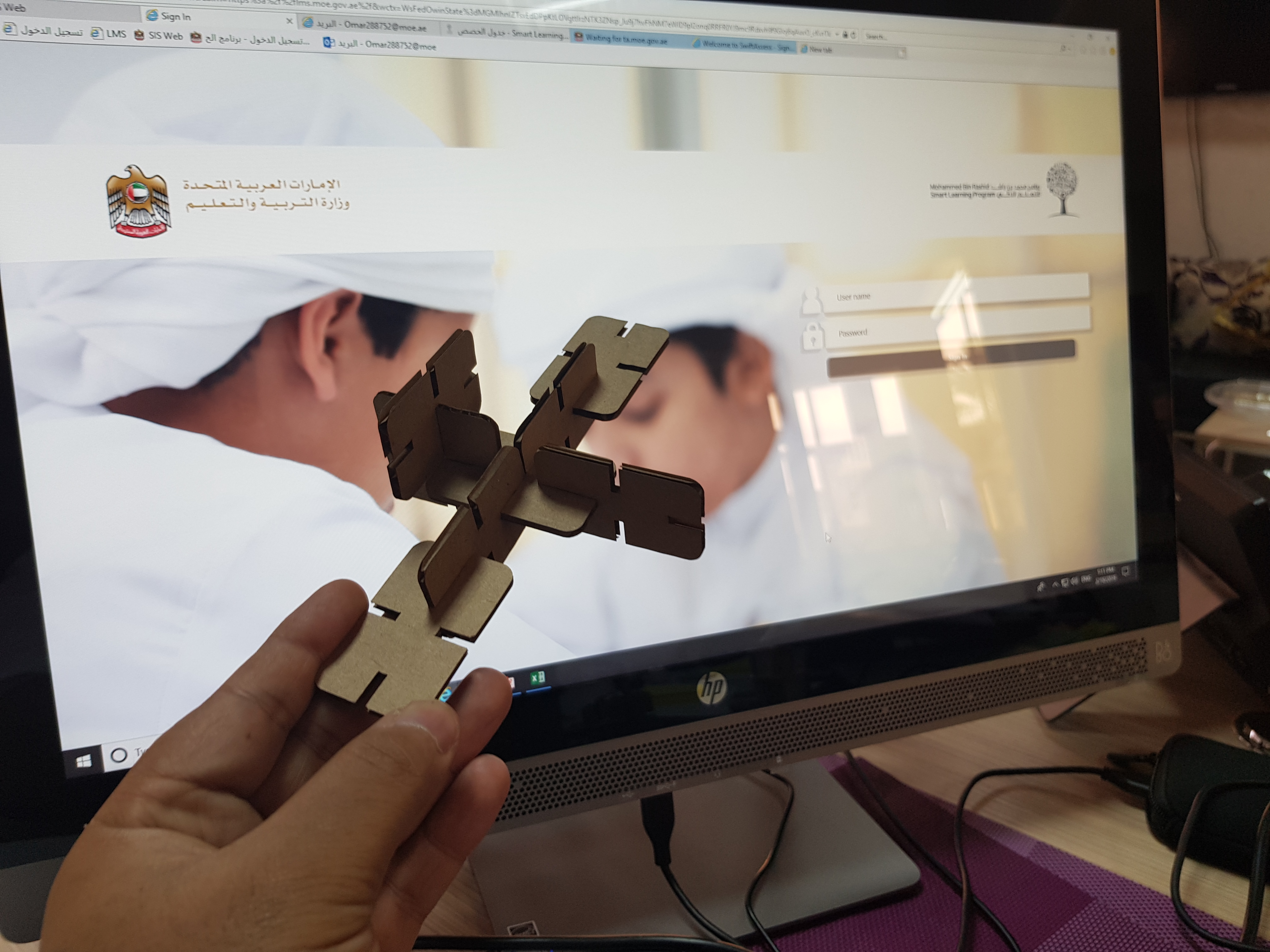- Fusion 360 is a CAD software that allows to create both parametric and direct modeling but did you know that it is possible to use it to create laser cut 3D objects? Indeed, thanks to the sketch base design, Fusion 360 has the functionalities to create DXF files that can be used for laser cutting.
- So we started designing in Fusion
- we draw a simple square and used the parameters functions to define all sides and measures so that we can easily change them later for any modifications
- Use parameters to control the size of objects in your design. Create equations and relationships between features with parameters
Week 4
The hand work started
This week will start learning how to apply our computer design parts.Most shaping and cutting is done through Laser. Laser cutting is a technology that uses a laser to cut materials by directing the output of a high-power laser, most commonly through optics. The focused laser beam is directed at the material, which then either cuts, melts, burns, vaporizes away, or is blown away by a jet of gas, leaving an edge with a high-quality surface finish.
Laser machines
Laser cutting
Laser cutting is a technology that uses a laser to cut materials, and is typically used for industrial manufacturing applications, but is also starting to be used by schools, small businesses, and hobbyists. Laser cutting works by directing the output of a high-power laser most commonly through optics. The laser optics and CNC (computer numerical control) are used to direct the material or the laser beam generated. A typical commercial laser for cutting materials involved a motion control system to follow a CNC or G-code of the pattern to be cut onto the material. The focused laser beam is directed at the material, which then either melts, burns, vaporizes away, or is blown away by a jet of gas,[1] leaving an edge with a high-quality surface finish. Industrial laser cutters are used to cut flat-sheet material as well as structural and piping materials.
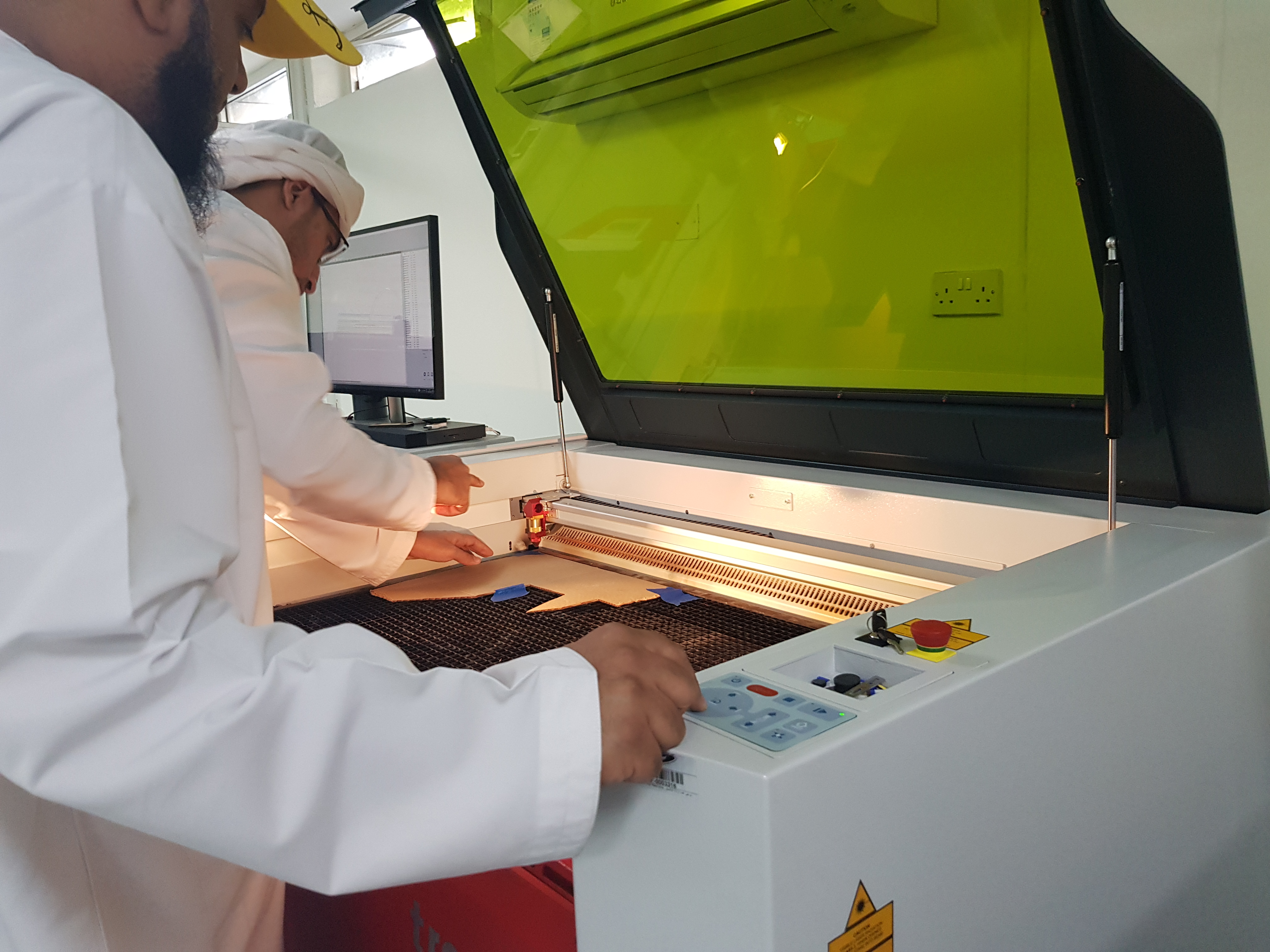
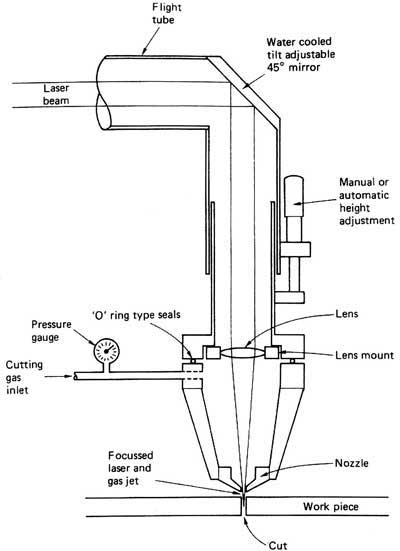
First in Fusion 360
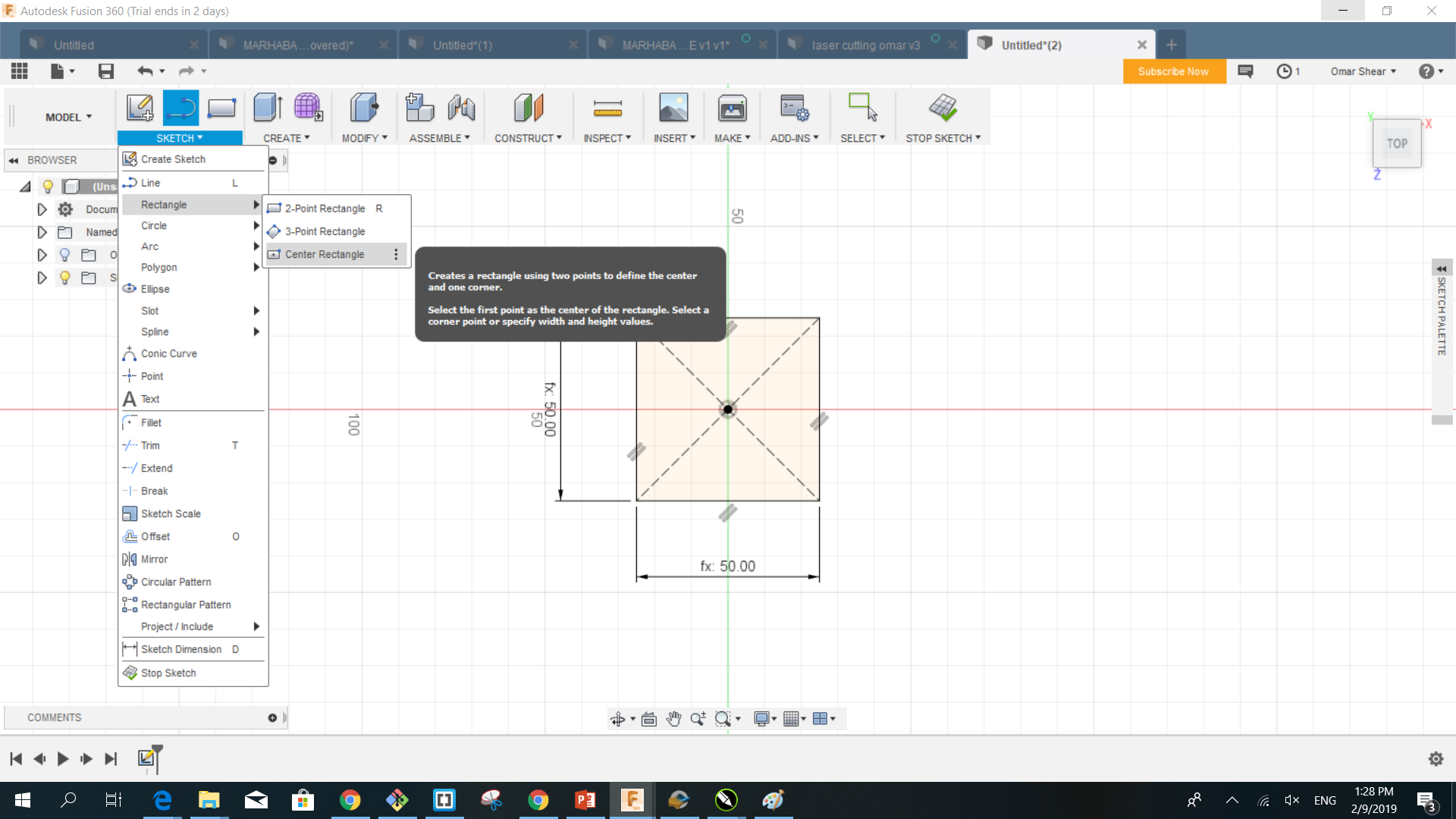

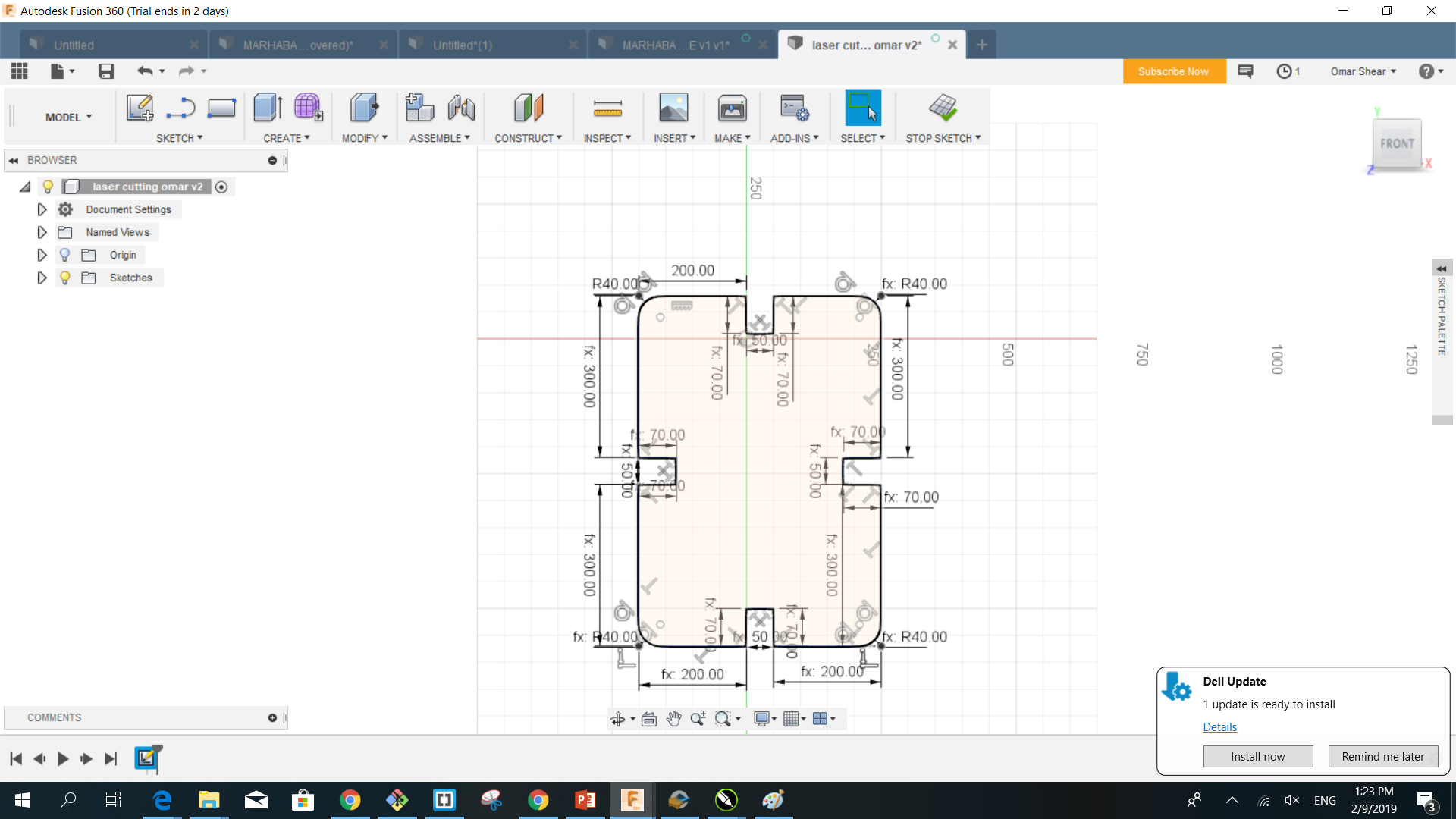
Many designs with single one
Useing parameters to have many different shaps just by changing the numbers we set in parameters I changed the equal sides to one parameter each so that I can have square shap or recanglure shape as I want.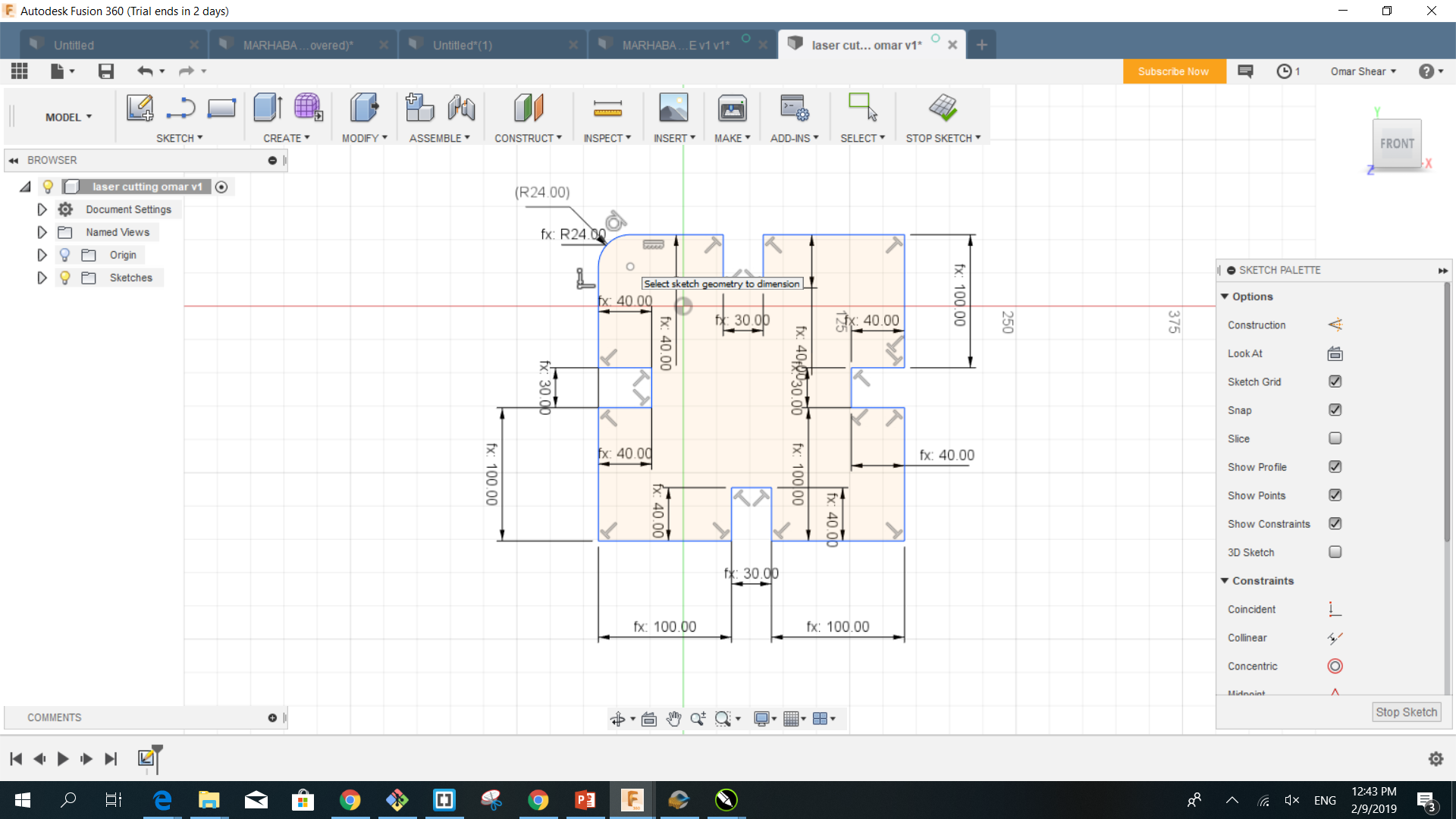
making the desgine ready for cutting
After finishing the shaps in Fusion we converted them to DXF files to work with them in CorelDraw or any other cutting software .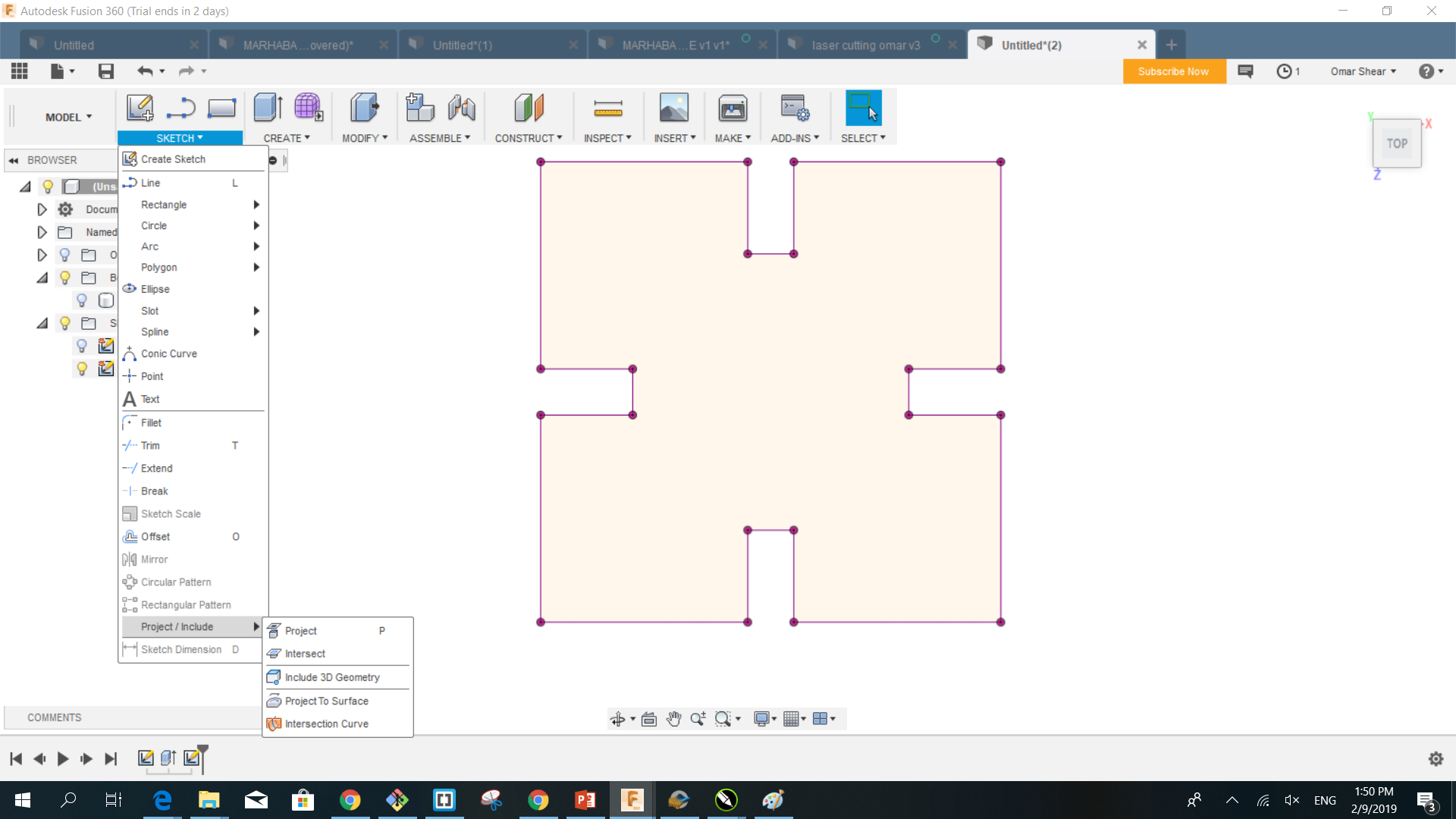
How does laser engraving work?
After finishing the shaps in Fusion we converted them to DXF files to work with them in CorelDraw or any During the process of laser engraving, the laser processes a shape, graphic or picture (e.g. a JPG or PNG) on a wide range of materials. The laser moves horizontally along the individual lines of the engraving, and the material being engraved is removed point by point, line by line. This processing method is called grid engraving. Among other things, surfaces or shapes can be engraved using this method, including photos, pictures, logos, inlays, fine to thick lettering, and stamps, to name a few. .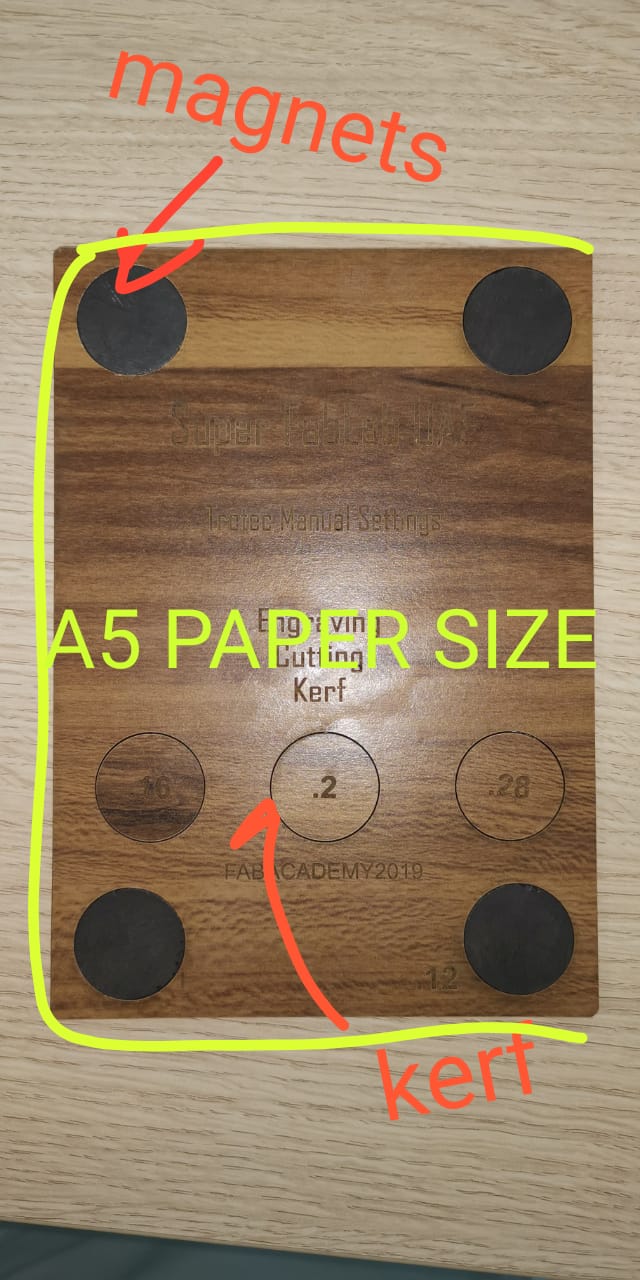
How does laser cutting work?
Laser cutting is a thermal separation process. During the process, predetermined geometries are traversed and cut by the laser beam. As with engraving, a wide variety of materials can be used. A vector-based file (lines and curves of a geometry) is the basis for the cutting process. This process is used to cut shapes (such as letters, signs and tags) as well as applications that have previously been engraved. So I stared cutting my first MDF shap. But before than I have to know some basic informations a bout the materials and laser options. .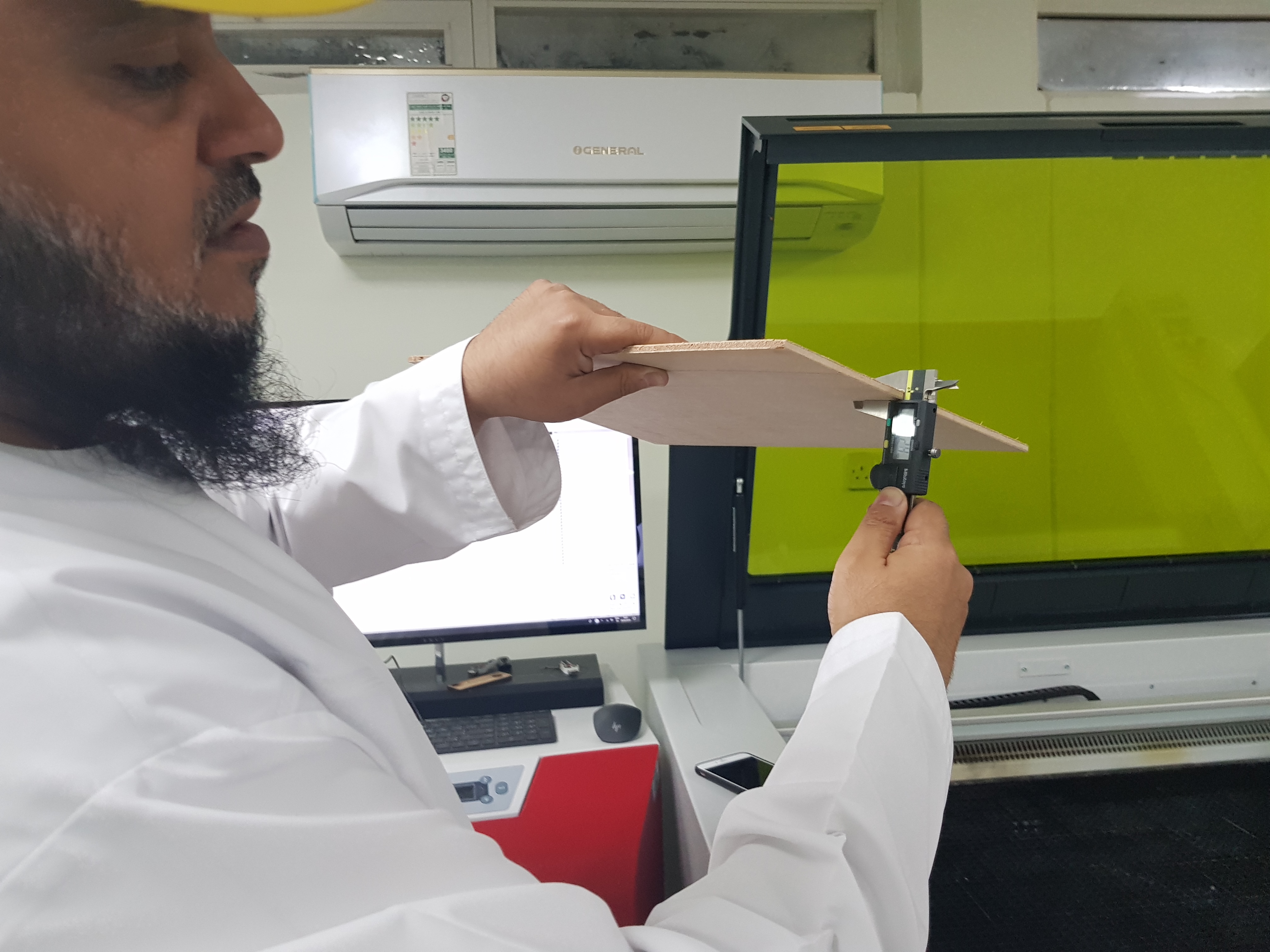
Speed & power
The most important part of setting up a job is to get the laser to only just cut through the material. If you under cut then the parts don’t separate from the material but cut too much, and the excessive power can damage the item and is slower. With all materials when the laser crosses the metal bed if the power is too high, it causes a ‘spark’ which marks the bottom and side of the material at that point. In addition, cutting laser woods too slowly can also cause smoke/burn markings on the underside of the product. The picture below shows a sheet of MDF that has been cut on just enough power & speed to cut through on the left (labelled speed =16) and at a speed value of half and half again on the next two. This test cut was done on a laser with a blade bed and as a result, on the right two cuts, you can see the point where the excessive power has ‘sparked’ and caused the burn mark at the top and bottom of the cut. .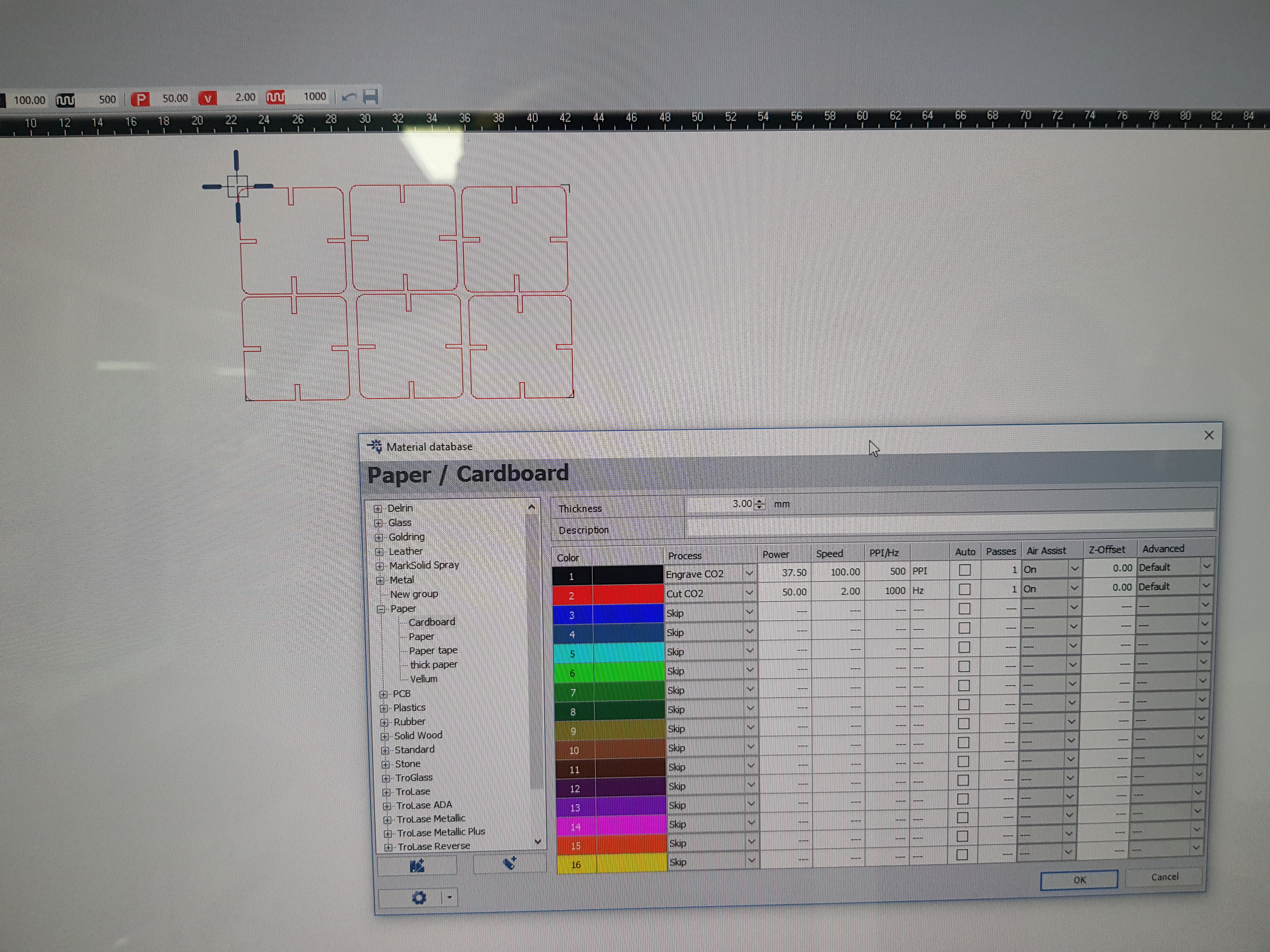
My first Shaps laser cutting job
So I started cutting my first shpas from cardboard 3mm thickness. After 9 tries and testing and burning I figured that the best settings are poewr 50 speed 2 will give me the best results. However then another issue the laser when it cuts it will ellemiate some extra parts by the power of burning which will cause a kref in cutting for example if we want to cut 3mm in real it will cut 3.3 mm so we have to set the laser to cut only 2.7 to cutaly have 3mm .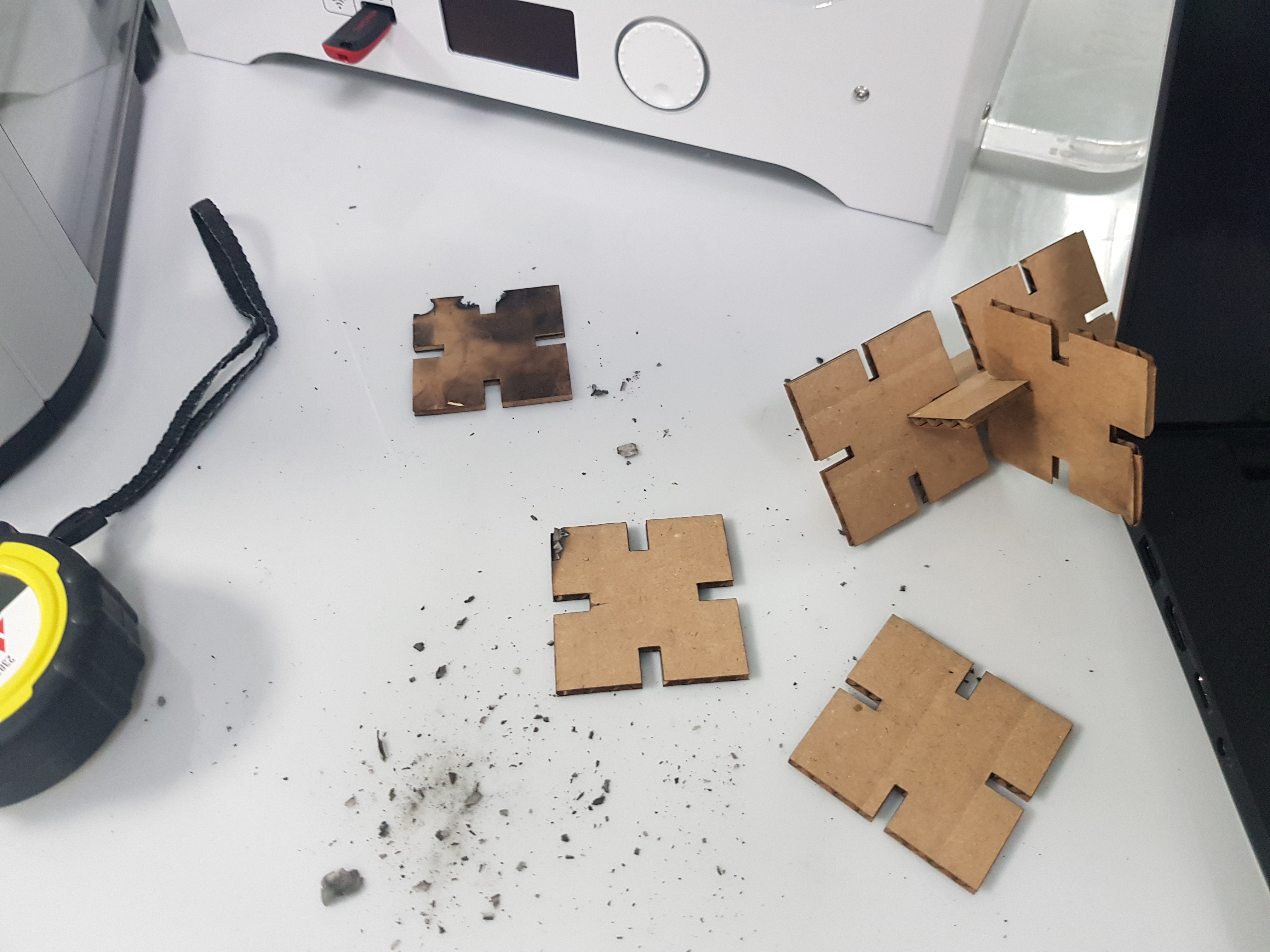
What does kerf mean?
The laser burns away a portion of material when it cuts through. This is known as the laser kerf and ranges from 0.08mm – 1mm depending on the material type and other conditional factors. Although above c0.45mm is only experienced when cutting thicker foams. Any areas in your design where cut lines come closer than 0.5mm together could burn away entirely. Any details narrower than 1mm are likely to be very fragile and in some cases can cause the material to warp whilst cutting. As a benchmark, we recommend that minimum cut widths be no smaller than the corresponding thickness of the material. For example, if cutting from 3mm acrylic, it’s best not to allow any widths less than 3mm. We can go smaller (see the cut width image on the material pages) but this can make your pieces very fragile which might not be suitable for your application. We will advise if your drawing has cutting tolerances that are too small, but we can’t be held responsible if your components do not hold together sufficiently. Kerf is determined by material properties and thickness. But other factors also have an impact on how much the laser takes away. The focal length of the lens, pressure of compressed air both have an impact. Kerf widths can vary even on the same material sheet, whether cutting a straight line or a curve line or from laser cutting in the x or Y dimension. The manufacturing tolerance of the material can also impact the kerf. For a fee, we can help you with offsetting the kerf to ensure that your project cuts and fits together accurately, if you would like our help with this, let us know and we can work with you to make sure your drawing is correct. .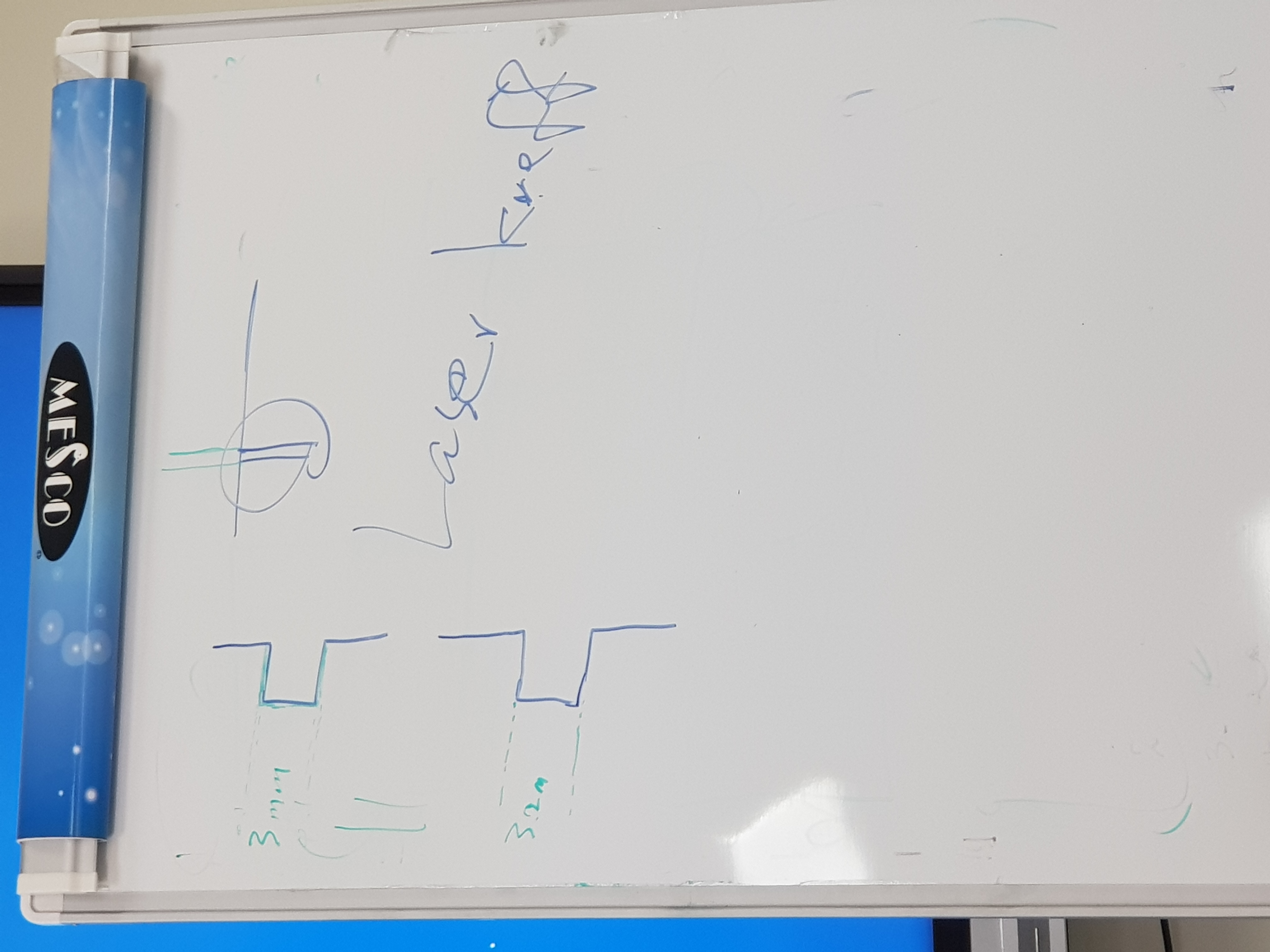
Applying my shaps in the laser cutter
So after figuring the best setting and shaps I started laser cuttingmy shaps with 4 main shaps from cardboard 3mm. .